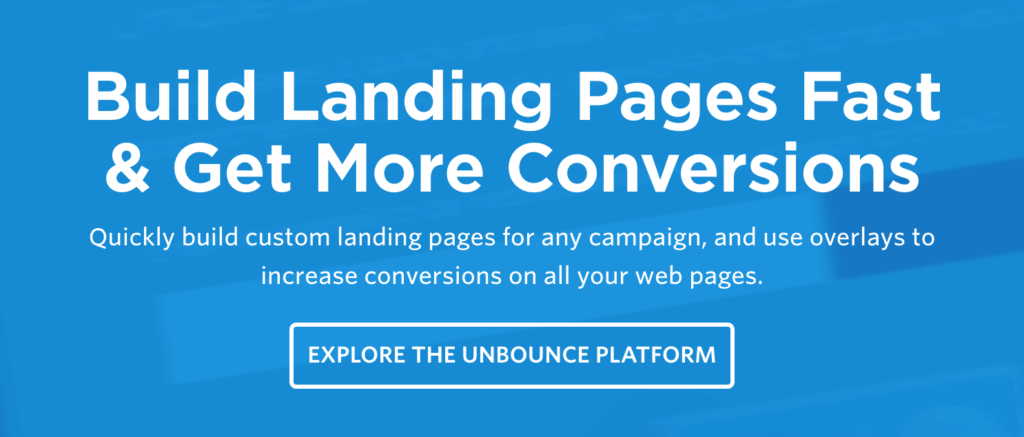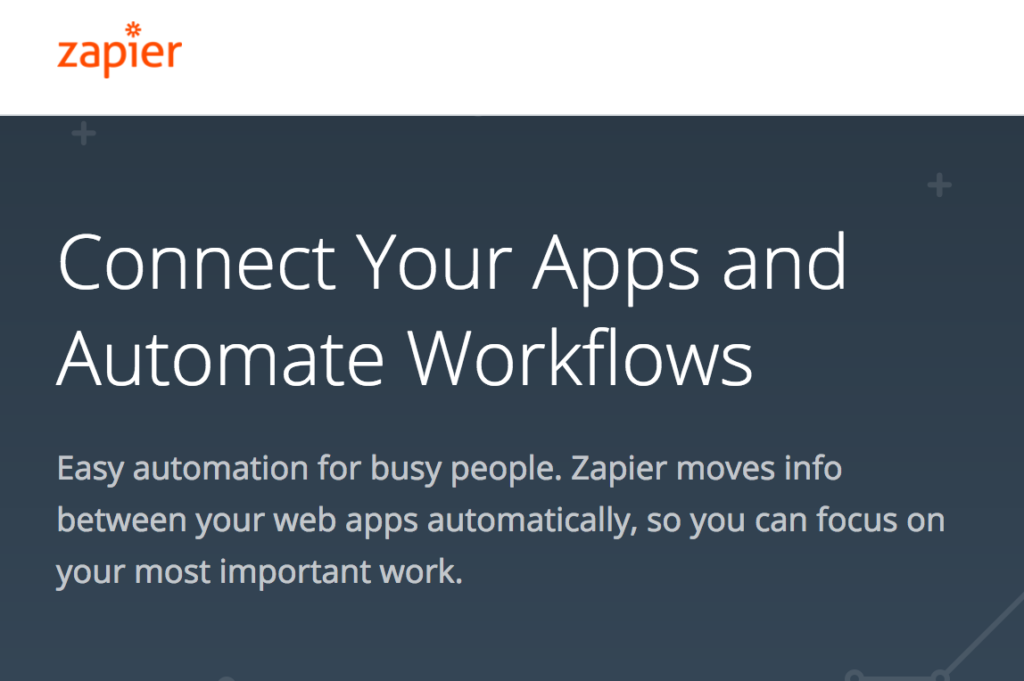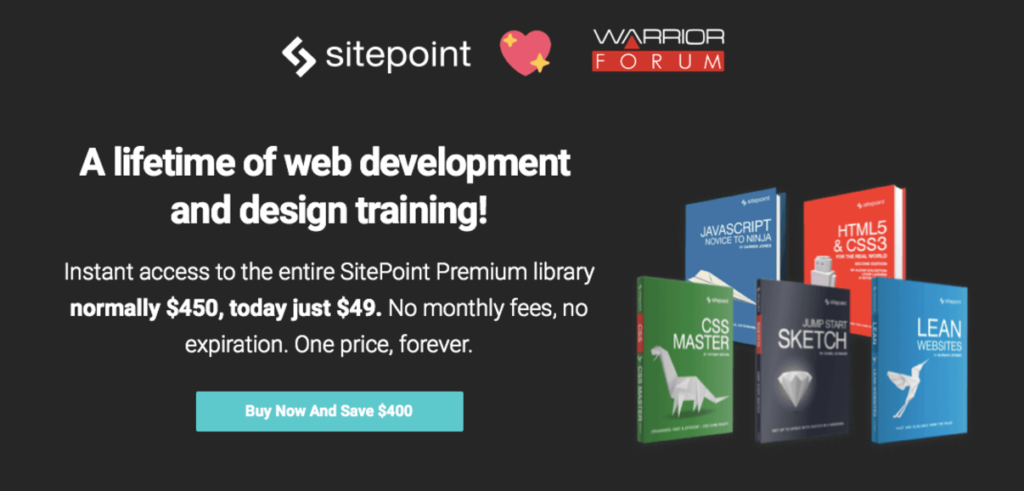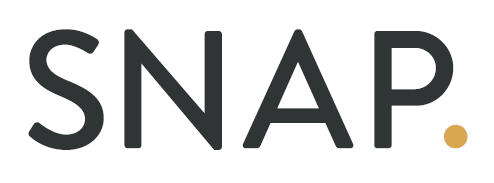4 Principles of Effective Landing Page Headlines
This post is part of SNAP’s free 5-email Landing Page Optimization Series. Sign up here.
Let’s go through 4 principles of effective landing page headlines, with plenty of examples for each one.
Effective landing page headlines…
1. Are often written in “you” voice
We all read out loud in our heads, so phrasing your headlines in a “you” voice automatically helps your reader apply what you’re saying to himself.
Plus, it keeps you from only talking about yourself, which is a mighty big turnoff.
“We build websites for e-commerce businesses” is a boring, selfish headline–especially compared to “Want a beautiful, fast-loading online store?”
Here are a few great examples of “you”-centric headlines:

Unbounce tells you, using the imperative, exactly what you’ll get out of using its tool.

Zapier goes a step further, qualifying the prospect (“for busy people”).
And here’s an example of a headline NOT written in “you” voice:

Granted, this last example is on a homepage, not a dedicated landing page. But I still don’t want to hear about your field leadership. I want to hear how you can help ME.
Take a look at your page headlines. Are they written in “you” voice?
2. Use descriptive, unusual words
There are sooooo many words in the English language…and yet we see the same ones again and again on landing pages.
“Great,” “Easy,” “Perfect,” “Simple,” etc.
And while some of those words can have a positive effect and might be chosen intentionally (think “free”), in the vast majority of cases, it’s just a lazy writer reaching for the closest words.
And readers gloss right over those everyday words. They don’t even register.
When you use uncommon words, you have a better chance of catching your reader’s attention.
Uncommon words also often have the benefit of being very specific–another immutable copywriting best practice.
Just in case you’re wondering, words don’t need to be on the SAT vocab list to be “uncommon”.
Consider these headlines…

You don’t often see ebooks presented as “A lifetime of training”. Along with helping the reader visualize their life improving through this purchase, this Sitepoint headline subtly implies that this is the last web dev/design training you’ll ever need.

Via Dan Kennedy. It’s a pretty safe bet that after reading “Disturb or Frighten,” most users will zoom right to the sentence below this headline, and read it intently.
3. Speak to a real pain or desire
A “pain” is the problem your prospect is facing.
It’s what brought them to your landing page today. It’s the problem that your product or service will solve for them.
In order to know what pains and desires your market has, you’ll need to do some research (or grab our FREE voice of customer research kit to get the template that SNAP’s expert copywriters use).
Ask your customers or target market questions like,
- “What’s your biggest problem with X?” or
- “What was going on in your life that brought you here today?” or
- “What do you want most right now?”
Once you have the answers, craft headlines that speak directly to those pains.
For example…

via James Altucher. This headline directly answers prospects’ desire (to launch a new income stream) and indirectly answers their pains (not having enough money).
You can even use your prospects’ quotes or internal monologues as headlines, like Headshot Lighting does:

4. Tell a story down the page
Your user should be able to look at your landing page and understand, at a glance, exactly what you’re offering.
Think about your headlines as lines in a story–so your prospect can read only the biggest type on the page, and still understand what you’re offering and what it will do for him.
Here’s a great example:
From Brennan Dunn and Ben Lee’s “Master Project Roadmaps” course:
Establishing the premise…

To clarifying the root problem…

And teasing the solution…

Dunn and Lee go point by point, fleshing out the conversation in their reader’s head.
The bullet-point wrap-up
- Write headlines in “you” voice
- Use uncommon & specific words
- Speak to your prospect’s real pains and desires
- Use headlines to tell a story down the page
Thanks for reading!
Lianna and James from SNAP
P.S. Thanks to Rob at GoodLandingPages.com for collecting a treasure trove of excellent examples.
